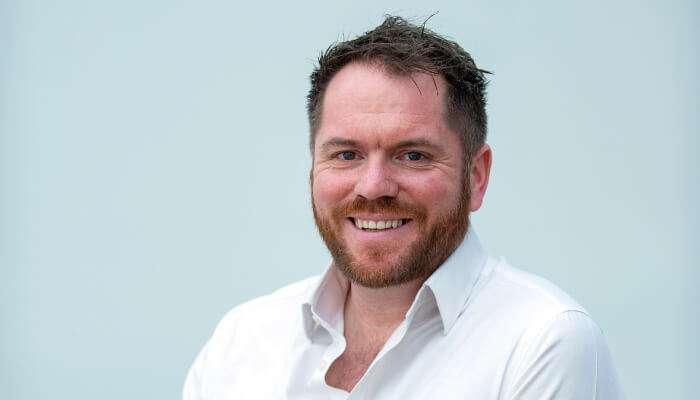I’ve always been interested in analysis and applied science, so a PhD using MS to study “dirty samples” felt like a natural progression. I subsequently worked at the Robert Koch Institute in Berlin and Harvard Med in Boston, where I studied combined spectroscopy and imaging MS, and later moved into the Ministry of Defense, conducting real-world analyses of bacterial samples and toxic chemicals. In my current research, I’m looking into the expression of disease markers in blood, and developing methods to detect them simply, quickly and efficiently, particularly for brain tumors.
For many, the idea of translating spectroscopy into the clinic remains a pipedream, but the potential is enormous. And though that may sound like a sweeping generalization, we’re clearly moving away from single biomarker approaches, which I don’t believe can accurately characterize heterogeneous diseases. The more we understand a given disease, the more we understand that a single biomarker or single genetic mutation often cannot accurately describe it; for example, breast cancer is associated with huge variation between subsets and cases.

The field of clinical spectroscopy has already come a long way. Ten years ago, we were only beginning to regularly apply particular algorithms and techniques for such applications, but we’re now discussing these processes in practical terms. Many start-up companies have also flourished – ClinSpec Dx and Biotech Resources (Monash) are just two examples.
Of course, the field remains young. We are more than capable of conducting spectroscopic analysis; what we need now is for users to perform the work, and to run clinical trials when the opportunity arises. (On a legal note, more intellectual property and patents supported by new technologies are also needed.) Once such steps are fulfilled, translation can begin in earnest, and more people will become interested in the benefits of this field.
My group is paying particular attention to brain tumors because they remain an area of unmet need. They’re also difficult to diagnose. Did you know that 38 percent of patients visit their primary care provider at least five times before receiving a diagnosis (1)? And that could mean a year and a half before a patient reaches the clinic – and the disease may have progressed significantly.
There are hundreds of different central nervous system tumors, and the ability to characterize these growths with a single biomarker in spite of their distinct biological origins represents a major challenge.
Brain tumors shed “messengers” into the blood and humans shed “messengers” to feed the tumors, which leads to the rise of multiple potential markers through biochemical changes. Spectroscopy can be used to detect multiple markers for diagnostic purposes with a single measurement. Of course, there are downsides, namely the fact that infrared can’t identify the exact molecules under analysis that are causing the variation. As a result, it will be important to instill confidence in the technology before it can be used; clinicians of course require evidence, and the requirement for direct evidence is yet to be fully satisfied.
We were recently awarded a Cancer Research UK grant, which will be a great help in our work to indetify the changing signatures of different brain tumors with improved precision, and we are also planning to use electrochemistry and MS analysis to investigate genetic markers in serum. But the question is, what threshold for these measurements is good enough? Reports suggest that anything above 80 percent would be a game changer for a triage test (2); for a diagnostic test, I imagine it will have to be much higher. Regardless, we will continue working to achieve our goal to produce a rapid, easy-to-use and reliable blood test that will ultimately improve the lives of patients.
References
- M Schmidt-Hansen et al., “Symptomatic diagnosis of cancer of the brain and central nervous system in primary care: a systematic review”, Fam Pract, 6, 618 (2015). DOI: 10.1093/fampra/cmv075
- HJ Butler et al., “Development of high-throughput ATR-FTIR technology for rapid triage of brain cancer”, Nat Commun, 10, 4501 (2019). DOI: 10.1038/s41467-019-12527-5




